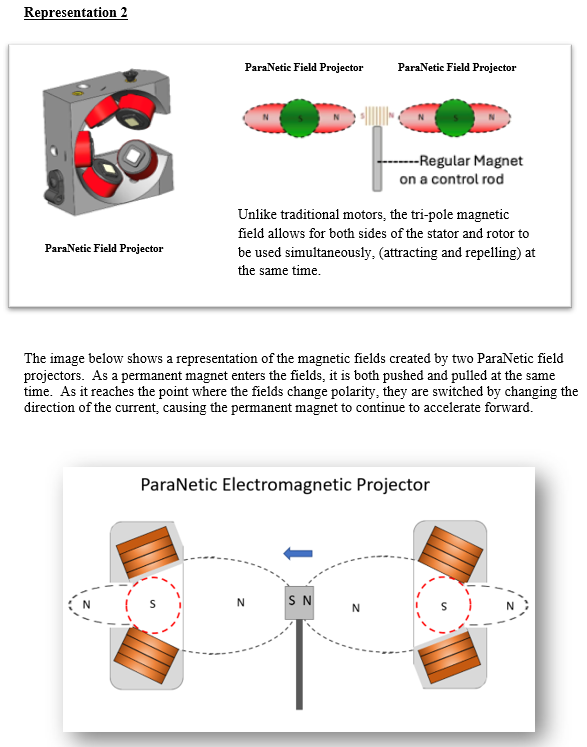top of page


ParaNetic Motor Design Gallery

QuadGimbalHeroStarboard

MantaHeroHatchOpen


QuadGimbalHeroStarboard
1/11
ParaNetic Version 5 Motor Configurations

Early ParaNetic Motor Prototypes
Version 1.0 - First Motor Ever Built with a ParaNetic Magnet

Version 3.0 - Driving a Generator and Gathering Performance Data
Version 2.0 - Concept Motor Built by the USD School of Engineering

Version 3.0 - Driving an Upward Facing Propellor at 20% of Maximum Power. The strobing effect of the camera makes it look like it is spinning slowly..

Version 3.0 - AC/DC Power Supply, Motor Controller, and ParaNetic Motor.

Version 4.0 Prototype
30% Power Test

Version 4.1 Prototype
30% Power Test
Understanding the ParaNetic Motor








bottom of page





